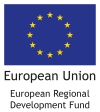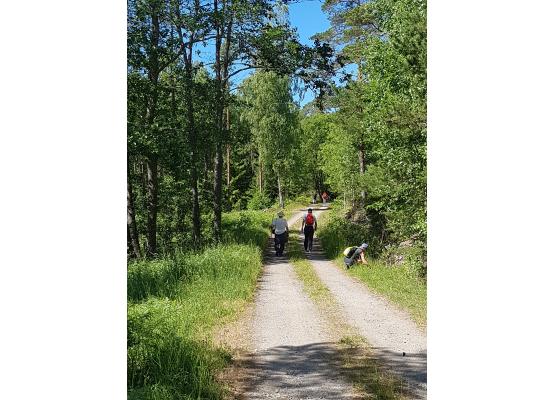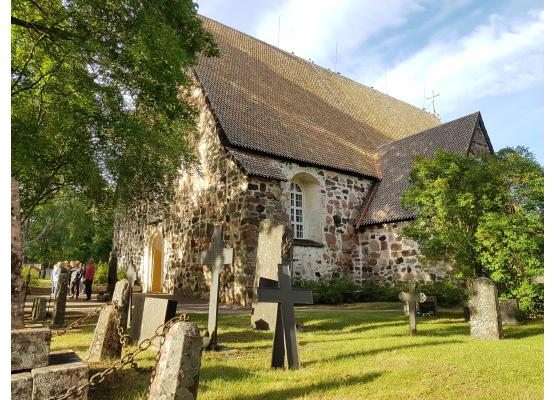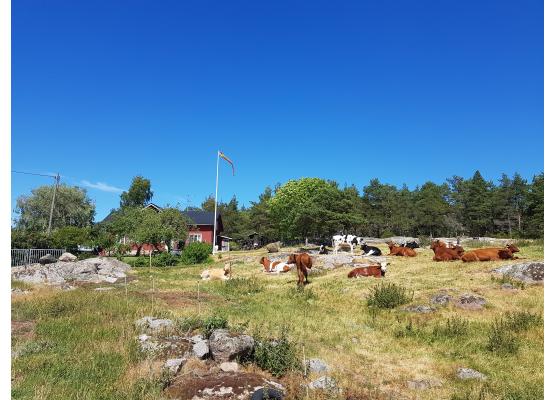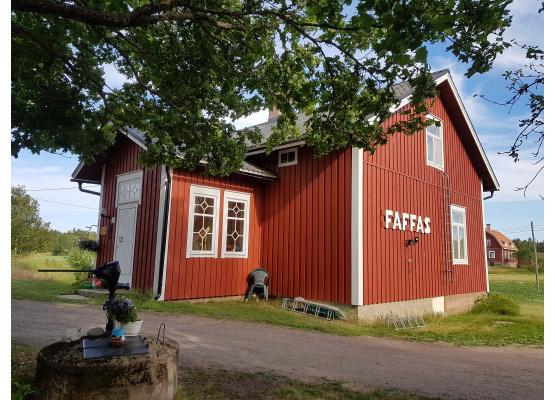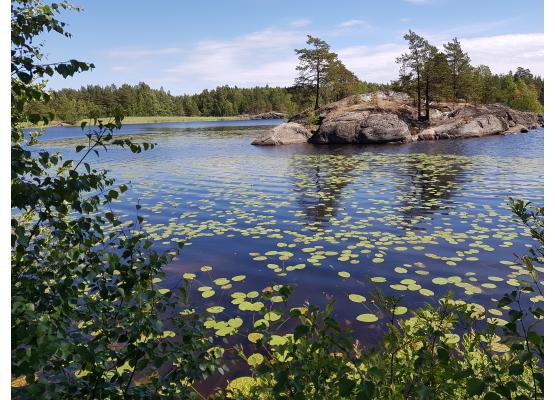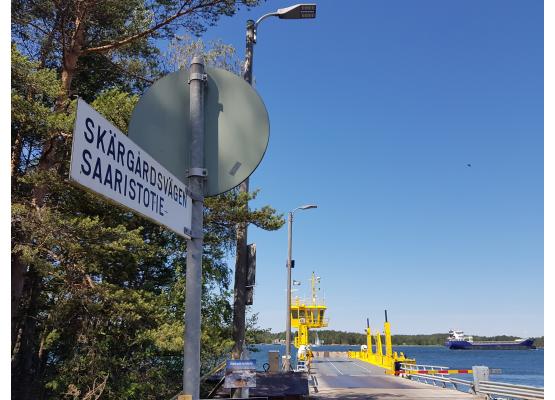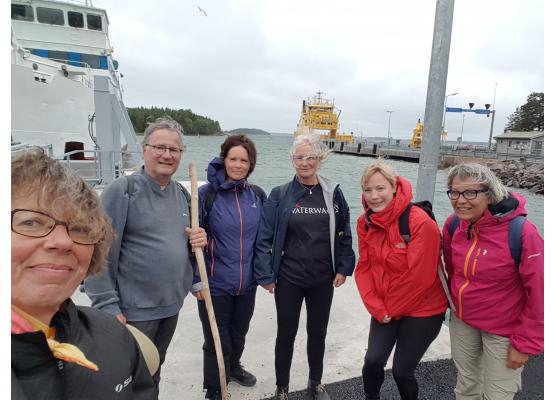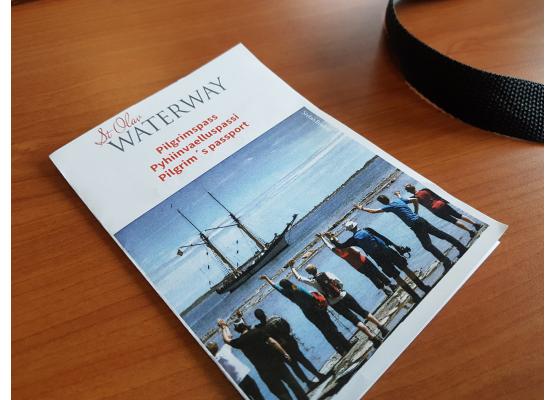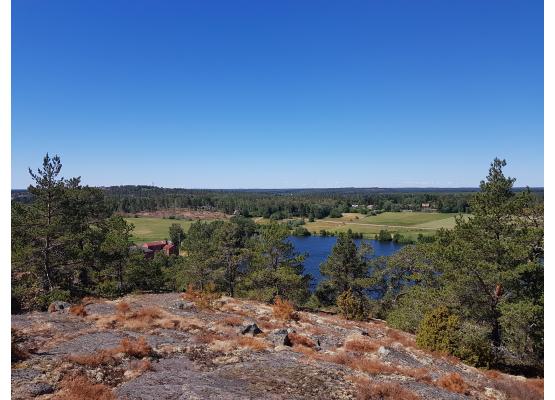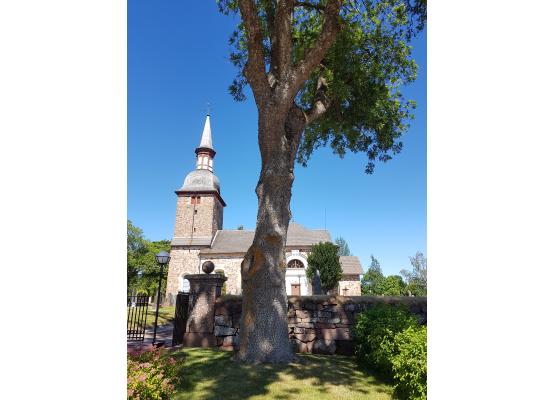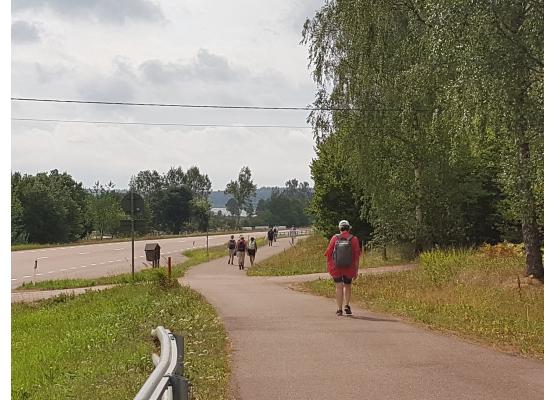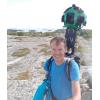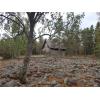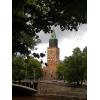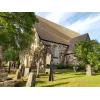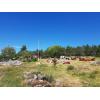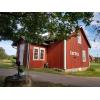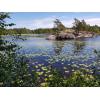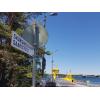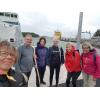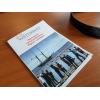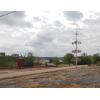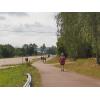In English
1000-year-old tradition of wandering supports regional development
The project St Olav Waterway prolongs the 1000-year-old tradition of wandering along the northernmost pilgrim trail in the world.
The route gives you the possibility to make an inner and an outer journey through amazing historical, cultural and natural heritage landscapes close to the Baltic Sea.
St. Olav’s Path follows in the footstep of King Olav. He started his travel back to Norway from Novgorod in Russia around 1000 years ago. He died at Stiklestad close to Nidaros (Trondheim) in 1030. In the Middle Ages, thousands of pilgrims wandered the routes through Scandinavia to Nidaros (Trondheim), where St. Olav was buried.
St. Olav’s Path is one of the certified European Cultural Routes of the European Council.
I have interviewed Nina Söderlund, the project manager for the Lead partner Åbo Akademi University, and James Simpson, project manager for the partner City of Parainen.
I start with James, who seems to be exactly the right person for this project as he has been involved in both tourism and education before. The connecting link in his life has been using nature and the outdoors as a learning, well-being or recreation environment.
- What is this project about?
Not creating anything new, but creating something old
- It is about connecting countries. We are not creating anything new but creating something old as we are going back in history. It’s not just a random project, it has a historical and a cultural base, and that is what I like about it. It has so many themes: history, culture, religion, nature, and environment. It is a challenge, but it makes it very interesting and nice.
- The project is also about providing opportunities for local people to get an income at the low season. It is an easy way to get people into tourism or to use spare or unused resources to provide services. You must do many different things to survive in rural areas, and you don’t have to do this full time, but it can give you an extra income.
As Nina Söderlund points out: the pilgrims must have something to eat and somewhere to stay, and the locals must know the needs of the pilgrims and where they wander.
You need both a clear route and a lot of local small-scaled services for the visitors along the route, to make it succeed. One can’t exist without the other.
Meetings, meetings, meetings
- What have you done so far in this project, James?
- From the beginning I contacted all the stakeholders that could be interested in this project, especially local entrepreneurs and associations, the parish and local authorities in the area. It has been mapping their ideas, also getting the know-how, how to create the route so that it connects the historical places – where it should go and where it can go. A lot of landlord negotiations, of course, and information meetings. I think we have had up to fifteen information events here in this region, James continues.
- We have made two study trips, one to Trondheim and one to Vadstena just to show people from our project what a pilgrim trail is about. Many volunteers are checking the routes, e.g. on Åland, and it gives added value. It has been a lot of local interest of this project, and it has been fairly easy to get media attention.
During autumn 2017, I filmed part of St Olav Waterway on the island of Berghamn in the Finnish Archipelago National Park. This was a collaboration with Google to capture 360° Google street view images of the trail. These images are available in their own gallery: https://www.google.com/streetview/#turku-archipelago and on Google Maps.
- I am trying to use the possibilities the project offers for a broader use, the digital map is a useful tool for people to come, have they can navigate and use the basic information about services. The more you can find in the same place, the more awareness you’ll get.
Challenges
- Maybe getting the permission from local people, says James. We have got a very clear NO from some, and then it can be hard to find a way. With a dialogue and respect you can perhaps find a solution. You can’t be too pushy.
We are a very diverse group, and it is a double-edged sword, we have a lot of different expertise with different interests. We need the dialogue to create a dialog. We look at the same thing from different angels. But we really complement each other.
Results so far?
- Generating the interest and creating a network, says James. It is time consuming, and we have already get questions from tour operators already. You don’t want to be too early, but still to get them interested. We have some groups coming to test the route although it is not official. So, getting the most important stakeholders interest has been a good result so far.
Successful media visibility
- I am most proud of the media results, answers James, ehen I ask what he is most proud of. We got a Swedish blogger to come here after a lot of work, and she has in a very nice explained to the public why you should come and what a pilgrimage route is.
Nina continues:
- I am most proud of that we have managed with this thing and that we are near the goal. No nobody can stop it anymore, that is a big thing. We doubt this would have happened without the EU-money. You can do small things with Leader money, but the cross-border cooperation and this result would not have been possible!
Success factors in cross-border projects?
- You have to concentrate on the process – you need to look for the common understanding, James reflects. We had not planned partner meetings in the beginning, and some of us were totally new. We are the ones to do the practical work on the ground, and it’s the same in Sweden, they say they don’t know what Finland looks like. Some of them have never been here.
You need to sit down and discuss, make the whole timeline for the project, common goals, it is ok with different local goals, but you need to have a common understanding of the whole process. When it comes to work on the process, Skype is not enough. It is difficult if you don’t have these face -to -face meetings.
The diversity is a positive factor– how you manage to take everybody’s positive side and take advantage of everybody’s diverse skills and diverse knowledge. I think it is one of the best things in this cross-border project. I would like to have more meetings to really share and bring out the different skills involved.
I am very happy to work in Pargas with Teresia (Blomqvist) and Petra (Palmroos) as they have a lot of expertise. They can answer all questions (about project management and paper work). I think we have excellent cooperation. I can do the content and they do the rest. And if I am not sure, so I just ask them.
- Success factors in this project are partners who are very interested in it, it has been like a passion for them, says Nina. We have a lot of good people with very much in common. Although we are very different, from different organsations and backgrounds, we have gone a long way together.
Part of the European Cultural Routes
The project St Olav Waterway prolongs the 1000-year-old tradition of wandering along the northernmost pilgrim trail in the world by adding routes from Turku in the southwest of Finland, across the Turku archipelago and the Åland islands, to the Swedish east coast and further until the St Olav Waterway connects to existing pilgrimage trails heading for Trondheim.
- The official certification for St Olav Waterway is almost finished, as Finland become member of the European Cultural Routes network in 2018. When it is clear you can start using the St Olav signs for the trail. Some parts of the trail were ready already in 2017, Nina tells me, but we must wait for the official signs
May 24th 2019 in Turku -The Official Opening and the starting point for a relay along the whole trail
- Next year we have the big launch event, the pilgrimage pilot walk from Turku to Trondheim with the starting point at May 24th. We will have international guests and local people walking one hour or three days or whatever they choose until we reach Trondheim. It will be organized as a relay with many local events along the trail. And we plan to have a document or greeting from the arch bishop in Finland to be delivered to Norway.
Synergies between CB projects
- I think it would be fruitful, if every project had some sort of “sister project” for synergies and cooperation, Nina reflects. We have this joint information events and joint marketing with DefenceArch and LightsOn! here in this region.
We will have something in common also after the projects end, as we have this historic approach and our achievements will live on. The cooperation is good for our trail, as our visitors are also interested in other things to see.
New routes to the east
There are already many existing old routes from Novgorod, and we want to add these to our route in 10 years, so that the whole route could be ready in 2030, exactly 1000 years after King Olav died! There are other projects to extend the St Olav’s path to eastern Finland and perhaps with BSR money to Russia.
” The St. Olav’s Path provides unique opportunities for outdoor recreation. For many, wandering along the path is also an inner journey.”
(Info magazine The St. Olav’s Path #1 2018)
St OlavWaterway gives people a unique experience of the sea, of the archipelago, as Olav also was a former Viking, a real sea traveler. The route gives you the possibility to make an inner and an outer journey through amazing historical, cultural and natural heritage landscapes close to the Baltic Sea.
***
I loved this idea from the very beginning, so I could not stop myself from participating in the first guided pilot tour arranged by a travel agency in summer 2018 through the Turku archipelago towards the island Kökar on Åland.
But that is another story!
Until then - enjoy my photos.
Ester, National Contact Point Åland


